Summer heat and greyhounds: Recognizing dangers and reacting correctly
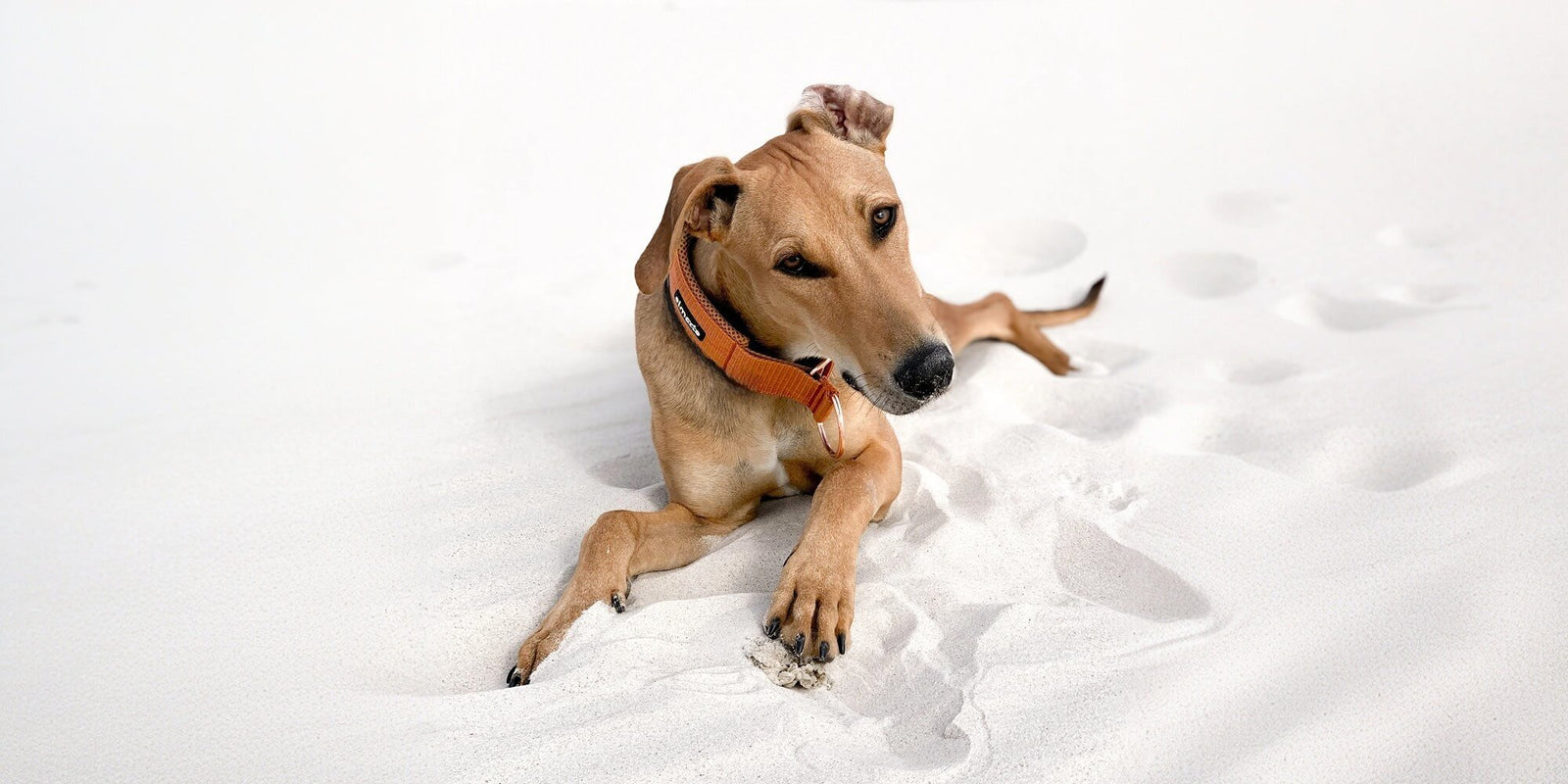
Summer brings not only sun and fun, but also challenges for our beloved greyhounds. These elegant and speedy animals are particularly sensitive to heat, which makes them more prone to health problems. As temperatures rise, it's important to be well prepared to ensure your greyhound has a pleasant and safe summer. In this guide, you'll learn why greyhounds are particularly sensitive to heat, what the risks are, and what measures you can take to make the hot days as comfortable as possible for your faithful friend. Let's discover the best tips for a cool summer together!
Why greyhounds are sensitive to heat
Anatomical features
Greyhounds have a unique body structure that makes them more susceptible to heat. While their lean body shape and low body fat allow them to run fast, they offer little protection from high temperatures. Their short coat and sensitive skin also contribute to their tendency to overheat more quickly.
Physiological factors
In addition to their anatomy, metabolism also plays a crucial role. Greyhounds have a high basal metabolic rate , meaning they burn more calories than other dogs, even at rest. This causes their bodies to produce more heat even at rest. Furthermore, they have a lower ability to regulate their temperature, making them particularly vulnerable to high temperatures.
Short fur and sensitive skin
Greyhounds' short coats offer minimal protection from the sun. In addition, greyhounds have very sensitive skin that is easily sunburned. The combination of short coats and sensitive skin means greyhounds are more exposed to the harmful effects of direct sunlight.
Health risks in hot weather
heatstroke
Heatstroke is one of the most serious dangers for greyhounds in high temperatures. Symptoms include heavy panting, lethargy, vomiting, and, in severe cases, collapse or unconsciousness. Heatstroke requires immediate medical attention, as it can quickly become life-threatening.
Dehydration
Dehydration occurs when your greyhound doesn't consume enough fluids to compensate for the water loss caused by heat and panting. Signs of dehydration include a dry nose, sunken eyes, and reduced skin turgor. To prevent dehydration, ensure your dog always has access to fresh water.
Skin problems
Greyhounds can easily get sunburned , especially in areas with thin or no fur. Sunburn causes pain and can lead to skin damage. Long-term damage from repeated sunburns can even increase the risk of skin cancer.
Reduced activity
High temperatures can lead to decreased activity and fatigue. While this is a natural response to the heat to protect the body, it is also a sign that your greyhound may be suffering from the temperatures. Make sure to provide plenty of exercise during the cooler hours of the day.
By being aware of these health risks and taking preventative measures, you can protect your greyhound from the dangers of summer heat and help him stay safe and healthy.

Preventive measures
Walks and exercise
To protect your greyhound from overheating, avoid walks during the hottest times of the day. Plan longer walks early in the morning or late in the evening when temperatures are cooler. This will prevent your dog from being exposed to the intense midday heat.
Adequate hydration
Ensure your greyhound always has access to fresh water. Place several water bowls around the house and garden so they can drink at any time. When out and about , portable water bottles and collapsible bowls are ideal for ensuring your dog stays well hydrated, even during walks.
Shady places
Always provide your greyhound with access to shady areas . This could be a shaded area in the garden, a well-ventilated indoor space, or a special dog tent. Avoid leaving your dog in direct sunlight for extended periods.
Cooling equipment - be careful!
A cooling scarf can be helpful for acclimatizing your greyhound to high temperatures. These scarves are made of special materials that cool when in contact with water, maintaining a comfortable temperature. However, avoid cooling vests or similar products. These can limit your dog's ability to regulate his body temperature. If it gets too cold over time, your dog won't be able to tell you. Furthermore, a lack of ventilation could restrict air circulation, thus contributing to overheating.
Indoor activities
On particularly hot days, it's best to keep your greyhound indoors. Provide mental stimulation through games and training sessions that challenge him mentally without overexerting him physically. This will help channel his energy while preventing overheating.
By following these preventative measures, you can ensure that your greyhound remains safe and comfortable even in high temperatures 
Summer nutrition and hydration
Adapted diet
During the hot summer months, it's important to adjust your greyhound's diet accordingly. Increase the water content of the food by using wet food or moist supplements such as broth or pureed vegetables. Light, protein-rich meals are ideal, as they help support metabolism without overloading the body.
Regular hydration
Ensure your greyhound always has access to fresh water. Place several water bowls in different locations around the house and yard so your dog can drink at any time. Make sure to change the water regularly to keep it fresh and cool. Portable water bottles and collapsible bowls are especially useful when out and about, ensuring your dog stays hydrated even during walks.
Additional tips for hydration
On our Instagram account @elmorio_windhundmode , we show you some treats and refreshments for your dog every Sunday under the motto "Baking with elmorio®" as inspiration for you to try.
-
Ice cubes : Offer your dog ice cubes made from water, liverwurst, or sodium-free broth. These provide a refreshing cooling effect and additional fluid.
Alternatively, some ice cream parlors offer dog ice cream. -
Moist snacks : Water-rich snacks like cucumbers or melon pieces can be a welcome change and help with hydration.
-
Monitor drinking habits : Pay attention to how much your dog drinks. If signs of dehydration, such as a dry nose or sunken eyes, increase the water intake and contact your veterinarian if necessary.
With an appropriate diet and constant hydration, you can ensure that your greyhound stays healthy and well even in high temperatures.
First aid measures
Recognizing heat stroke
Heatstroke is a medical emergency. Watch for signs such as heavy panting, vomiting, lethargy, or collapse. These symptoms require immediate action.Immediate measures
-
Cooling : Immediately move your greyhound into the shade or a cool room.
-
Water : Offer him water to drink, but don't force him.
-
Cool the body : Moisten a towel with lukewarm water and place it on the victim's body. Avoid ice-cold water, as this can cause shock.
-
Air circulation : Place a fan to increase air circulation.
When to go to the vet?
Contact a veterinarian immediately, even if your dog appears to be recovering. Heatstroke can cause internal damage that isn't immediately visible. Quick action can save lives.
Preventive measures
Learn to recognize the signs of overheating early and avoid situations that could lead to heatstroke. With proper preparation and quick response, you can effectively help your greyhound in an emergency situation.

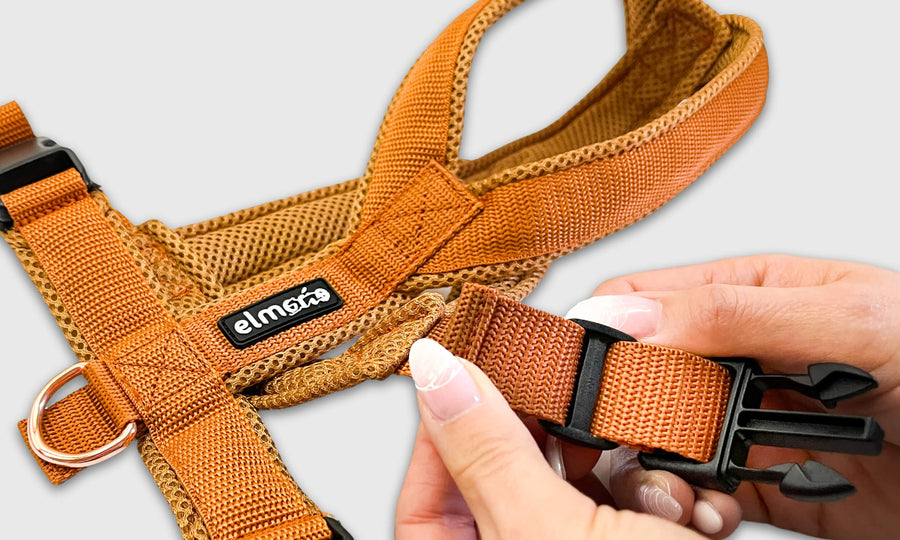
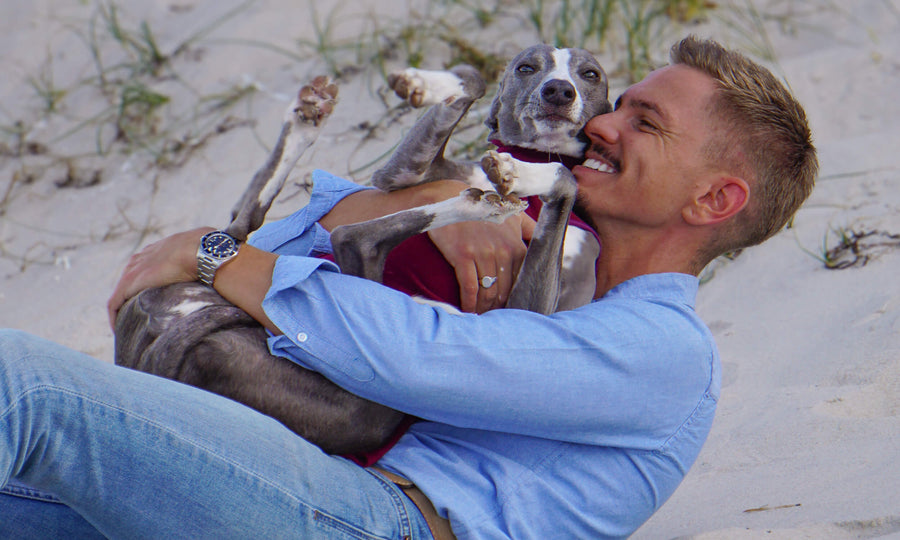





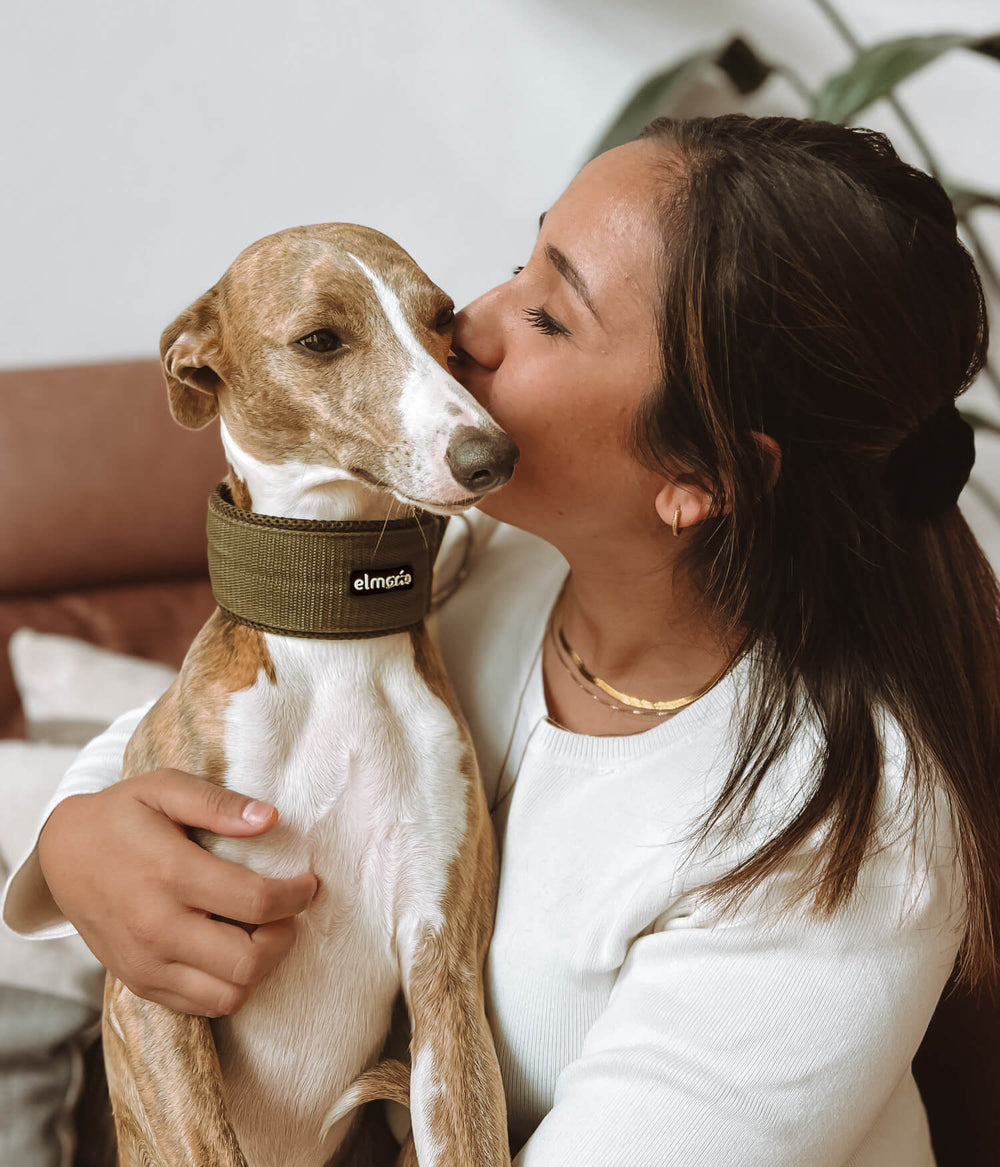
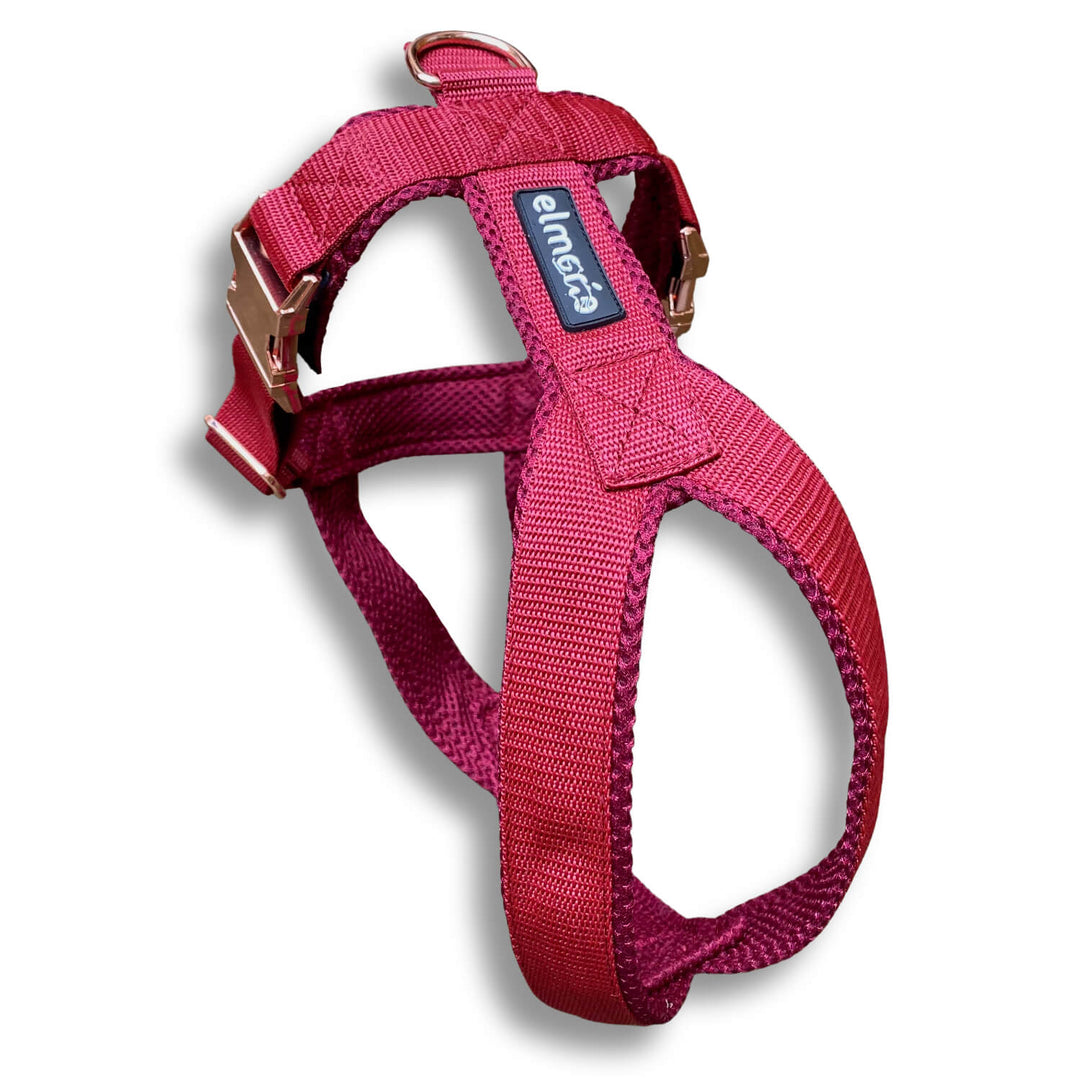
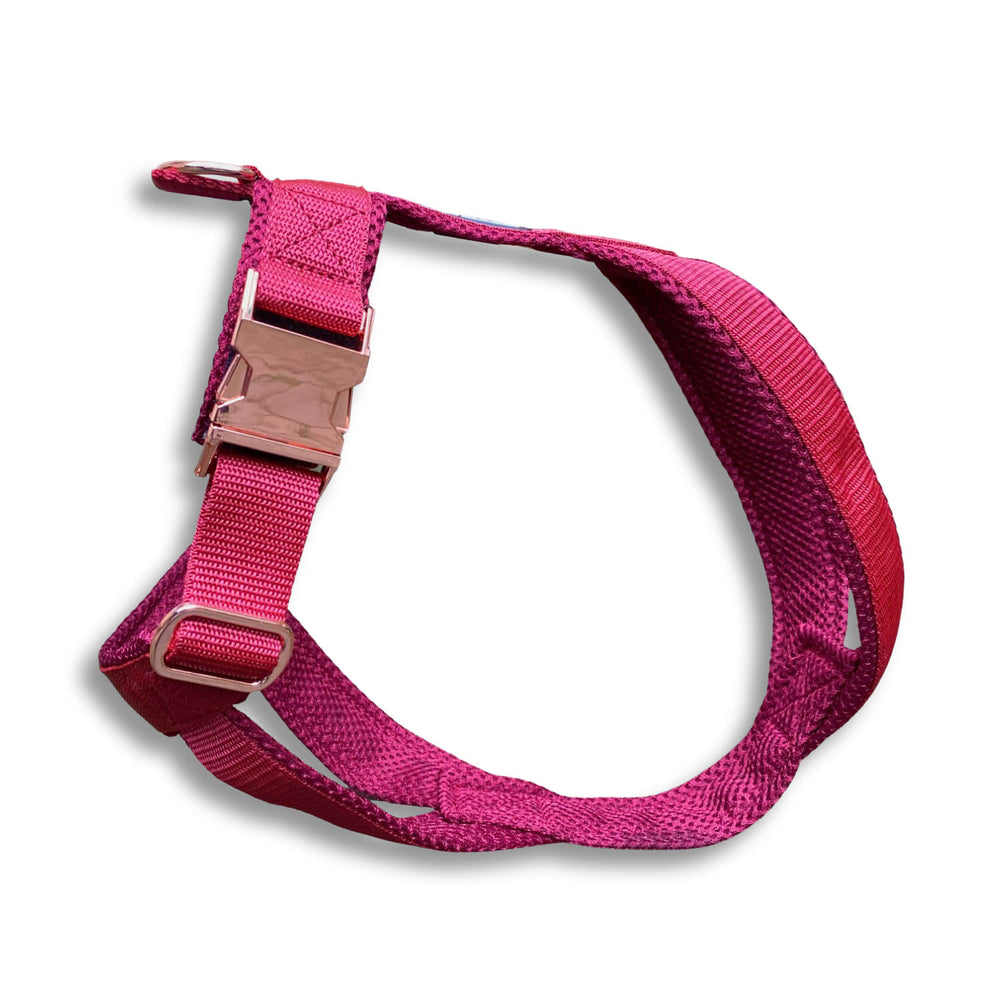
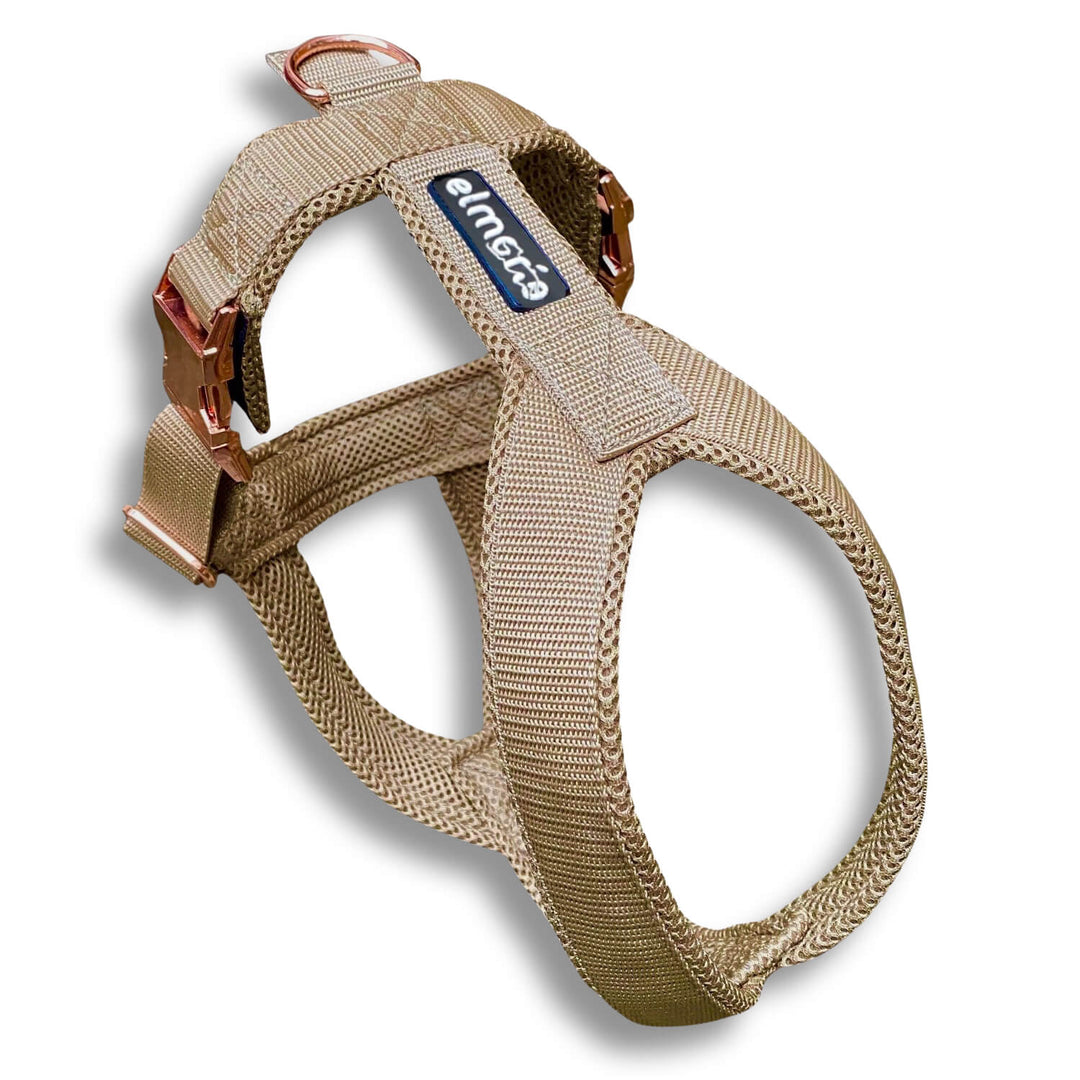
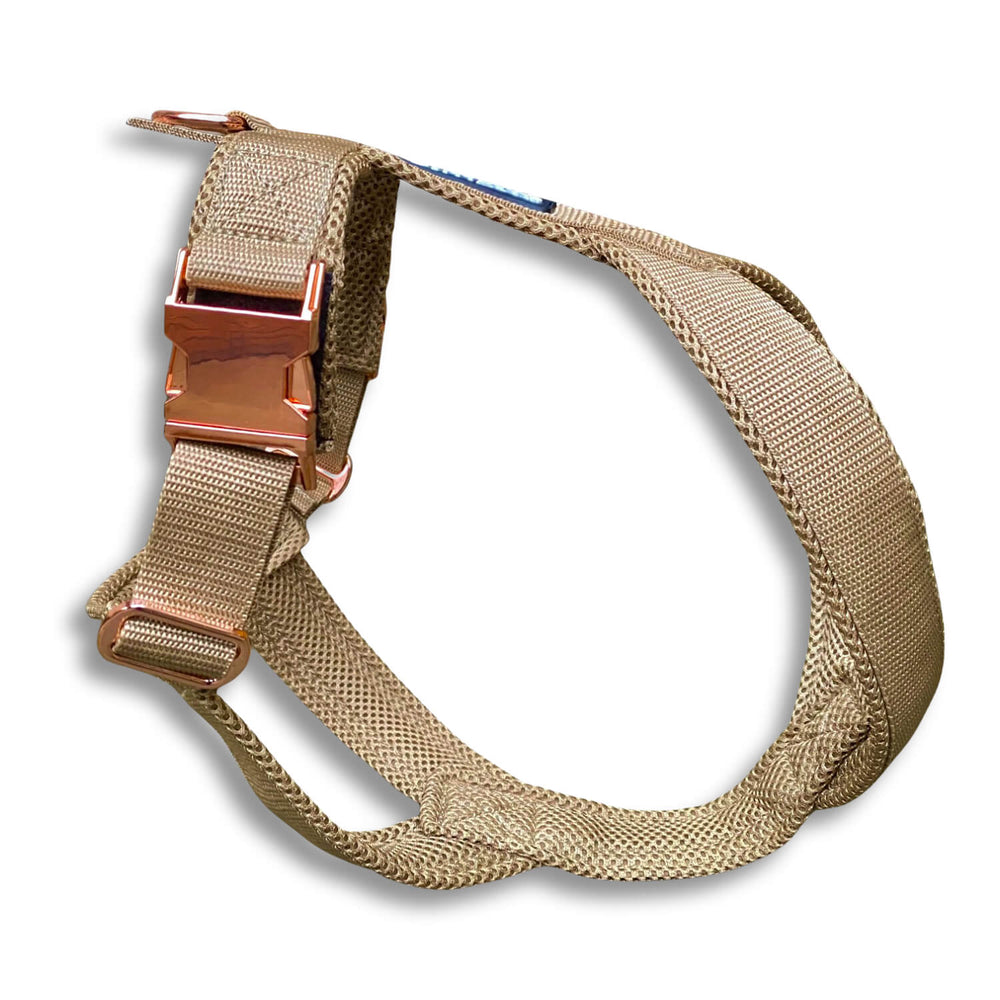
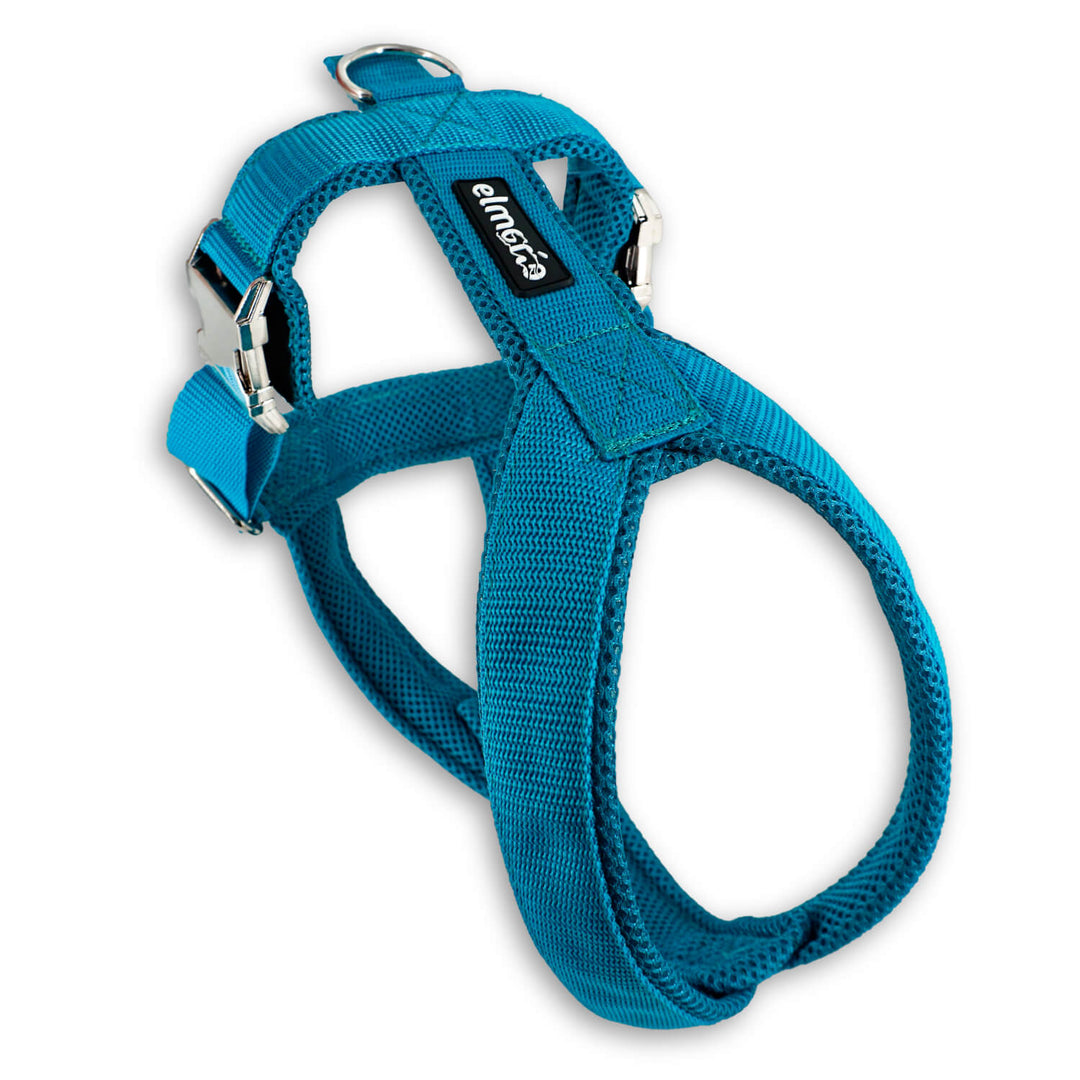
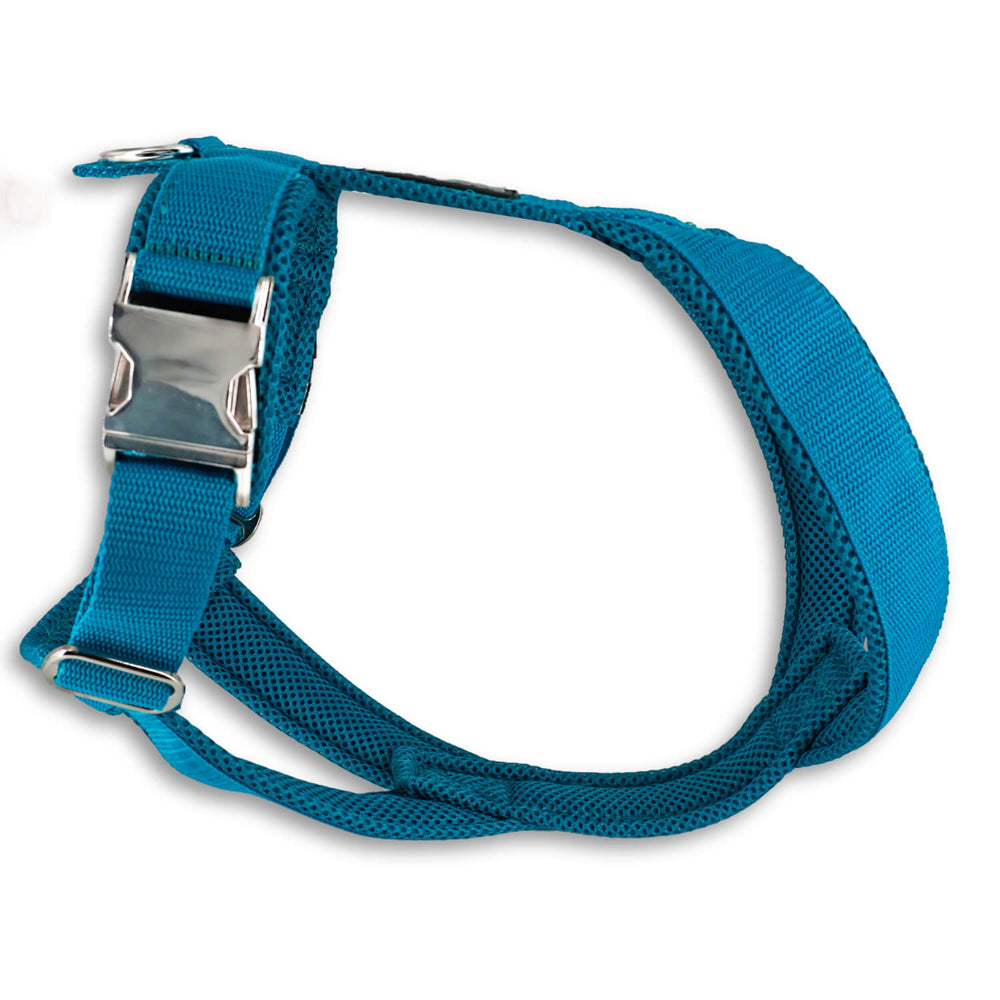
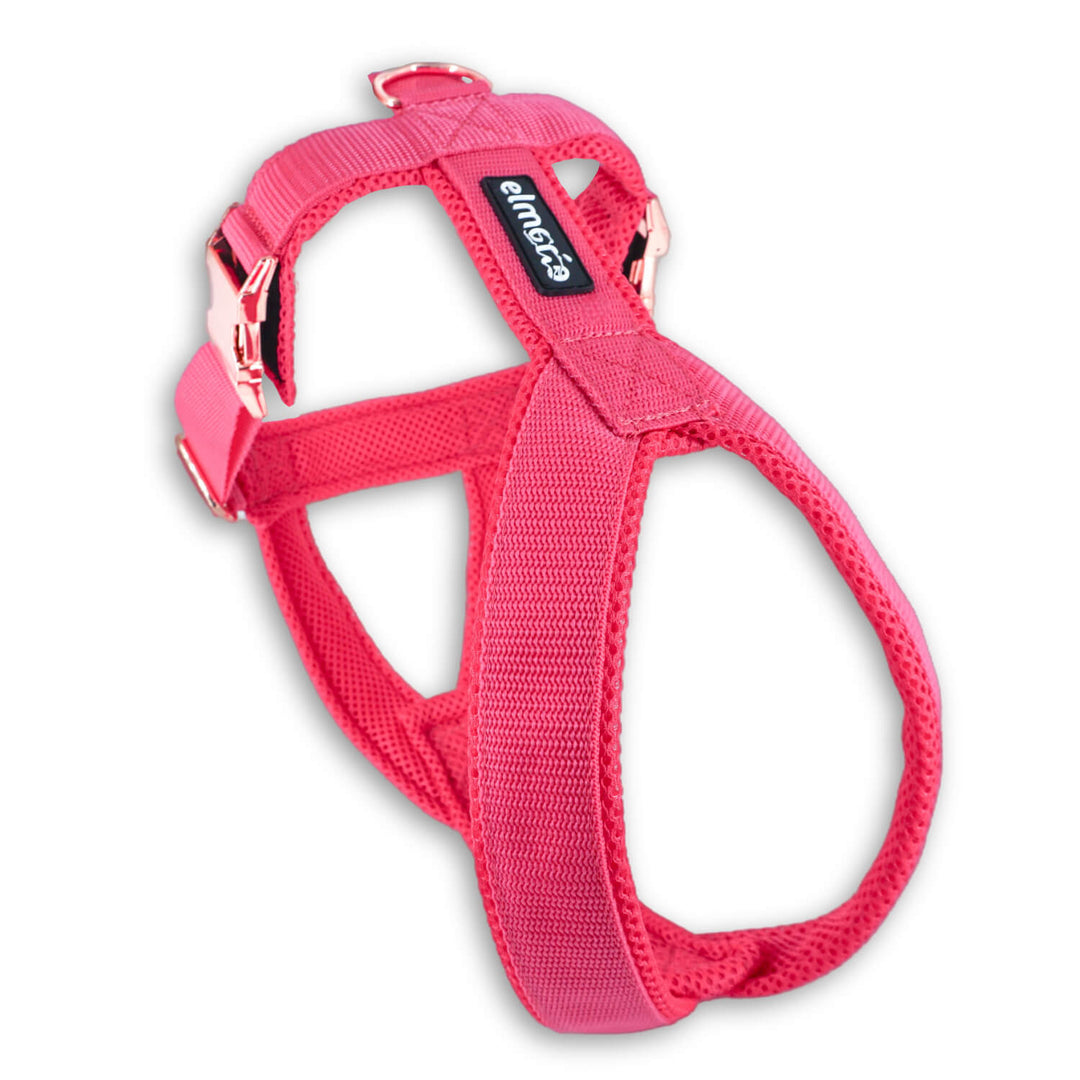
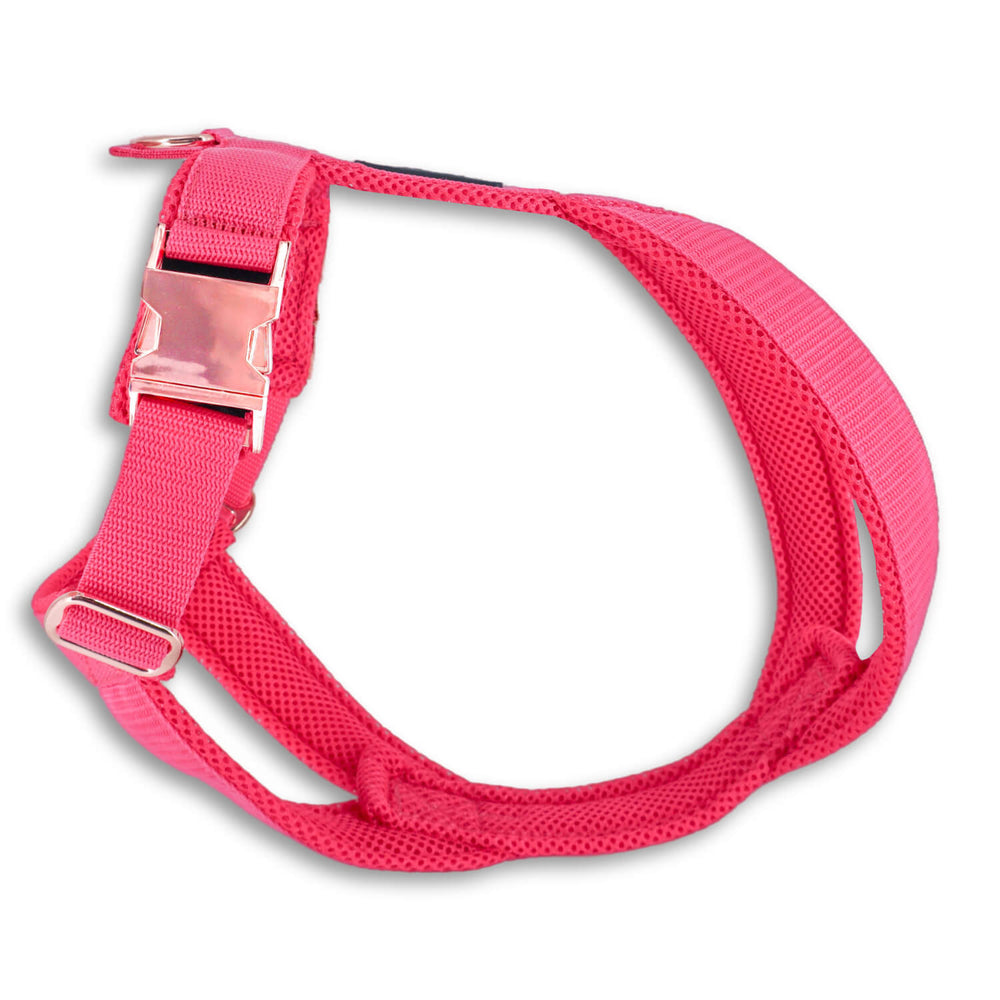
Leave a comment